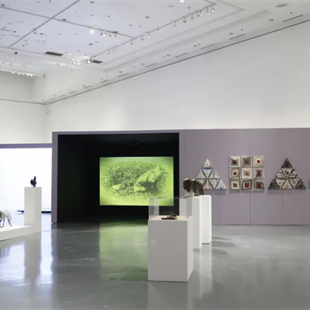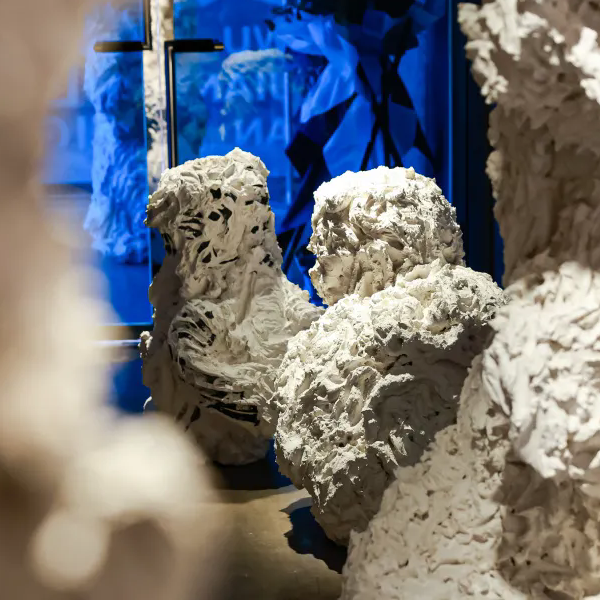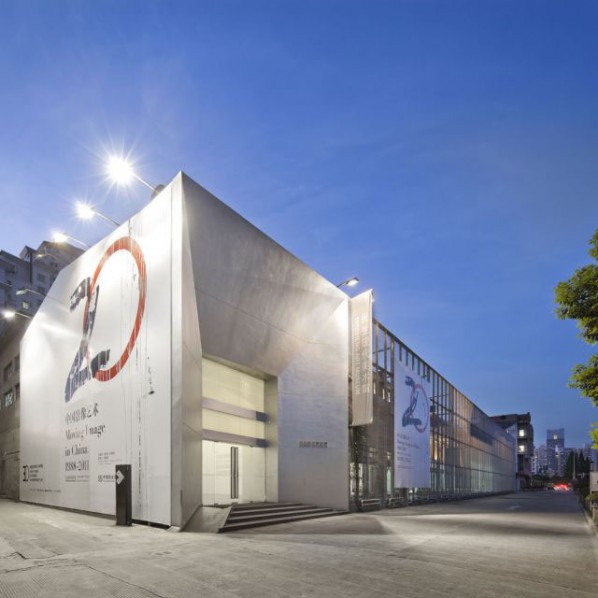
Thirty Years of Chinese Contemporary Art--Moving Image in China (1988-2011)
Thirty Years of Chinese Contemporary Art - Moving Image in China (1988-2011) drew its curtains at Minsheng Art Museum, Shanghai on September 9th, 2011. It features more than 70 works from fifty-plus important artists and represents objectively the cultural and the artistic context of this history from a Chinese academic view. The exhibition is divided into four stages to display important art pieces since the end of 1980s, systematically summarizing the development of Chinese art. Moving Image in China(1988-2011) can be taken as one of the most profound and systemic moving image exhibitions held in Shanghai.
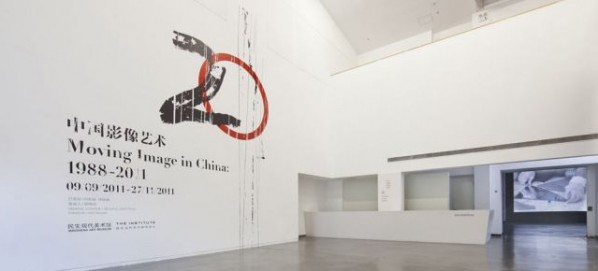
1988-1993: Media Criticism and Deliberation of Bio-politics
Television became popular among the public and quickly proved to be the main source of entertainment from the end of the 1980s to the beginning of the year 1990. Yet to some sensitive artists, the year 1990 was regarded as the media transformation period, turning into a potential moment for art revolution.
The artist Zhang Peili’s masterpiece 30 x 30 was first shown in China / Avant-Garde exhibition in 1989, and marked the first video artwork in China. Meanwhile the other artists Yan Lei and Qiu Zhijie, who were interested in video artwork, also proposed and practiced the new possibilities of creativity of the medium. For instance, timeliness caused contradictory and context, interaction added more value.
However, through their introspection and criticism of the domination of the television to the masses, the early artists believed that the political reality consisted of an invisible net and ideological language. The invisible net was woven by media and social life. Both the net and ideological language hid the political reality, which was called video art. Video art became part of the consciousness of Chinese art. The early artists had difficulties in media technology and materials, but their enthusiasm in experiencing and using the new art source made them become active participants and users of early video art.
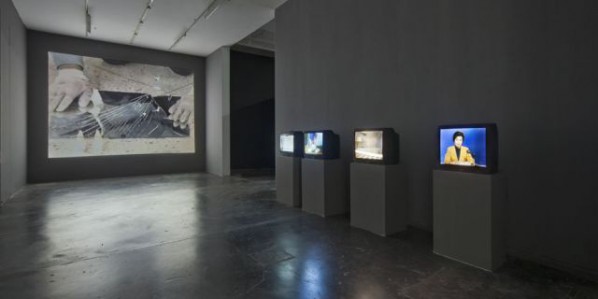

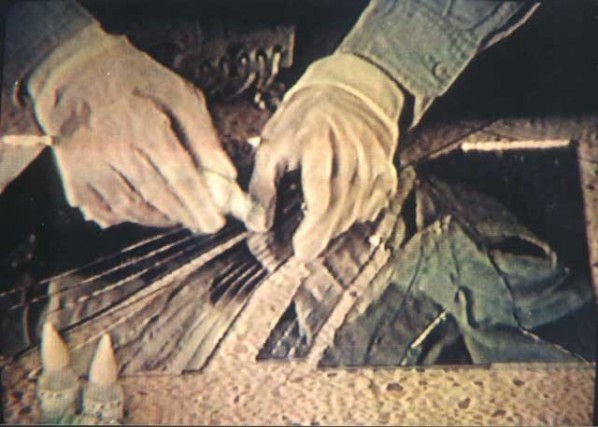
Zhang Peili's Work, 1988

Zhang Peili's Work, 1991
1994-1999 :The Grammatical Analysis and Construction of Video Media
In 1990s, a kind of inter-discipline culture that embodied universal significance, began to influence Chinese art circle; it also brought us a brand-new sight which was presented by new media methods. At that time, Chinese artistic creation on video, photography and independent film reached a crescendo. Media reform took place in Chinese art around 1994, and a new situation of artistic creation emerged really around 1996. The artists realized that video cameras do not just film easy and boring occurrences and current events, but also serve as tools of recording. During creating and thinking they found that media itself as a kind of language stimulates people's thinking. During this period, the artists started to focus on the visual effects of film dimensions, as well as the thinking of timeliness. “The nature of the media attracted and inspired people to further explore the potentials of it”.
The Media Reform Exhibition held by artist Wang Lin in the library of the East China Normal University to discuss the media reform that Chinese art met in 1994, and the Phenomenon / Image– China Video Art Exhibition held by artists Qiu Zhijie and Wu Meichun in Hangzhou, were collections of video art. The Phenomenon / Image was the first large scale exhibition of Chinese video art. At the same time Chinese video art caught the attention of the international art community. More private video artwork exhibitions held in Beijing in 1997 marked the Chinese artists’ more mature thinking of the media itself. More than 30 artists participated in the China Video Art Exhibition 1997 which became a hotspot of the Chinese art community.
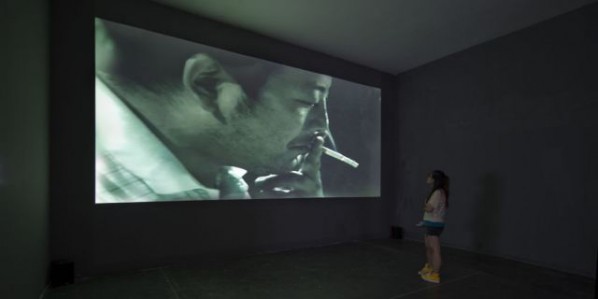

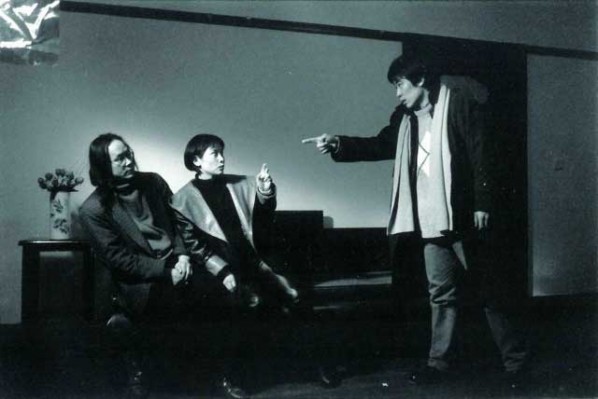
Zhou Tiehai's Work, 1994

Qiu Zhijie's Work, 1995

Wang Jianwei's Work, 1996

Song Dong's Work, 1997-2001
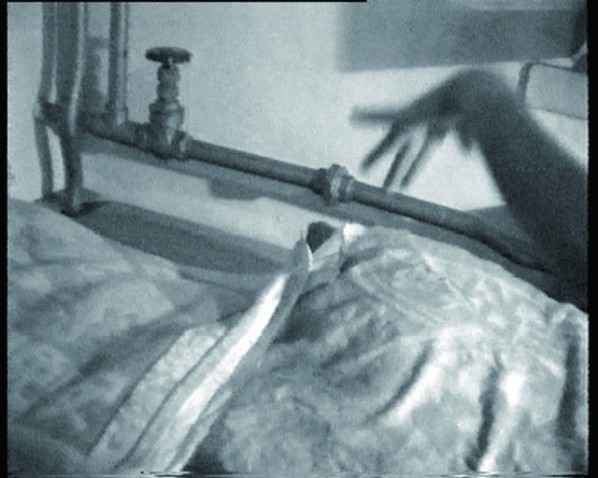
Jiang Zhi's Work, 1997
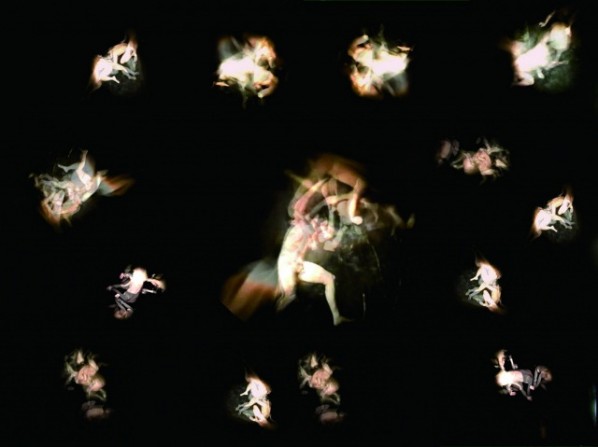
Liu Wei's Work, 1998
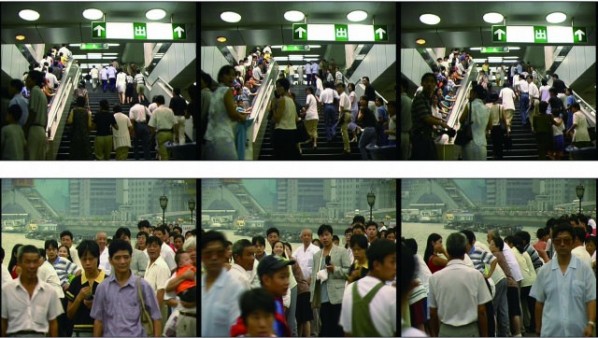
Xu Zhen's Work, 1998
2000-2005 New Media Practice as Consciousness, Poetics and Sensibility
With the frequent updates of film technology and the popularity of digital videos (DV) and nonlinear video editing systems at home, DV has become fashionable. The more advanced the technology is, the less expensive the equipment is! The artists who do the editing have been pursuing more fantastic effects.
Various practices occurred in video art with the arrival of the PC revolution in 1998.
A group of artists showed their strong social ideology in their artwork by using reverse interference in social space and media. They created cultural marginalization, “underground” events as well as the popular trends brought out by the net, such as prevailing flash in 2000, and Flash Empire followed.
Another group, by using a documentary and reductive way, deliberately messed up movies and videos by exploration of emphasizing visual language to discuss narration and the interaction of both. This was a new recognition of the media. The artists fully recognized the aesthetics and morphology of the media itself, and started to work with staff who had differing background knowledge.
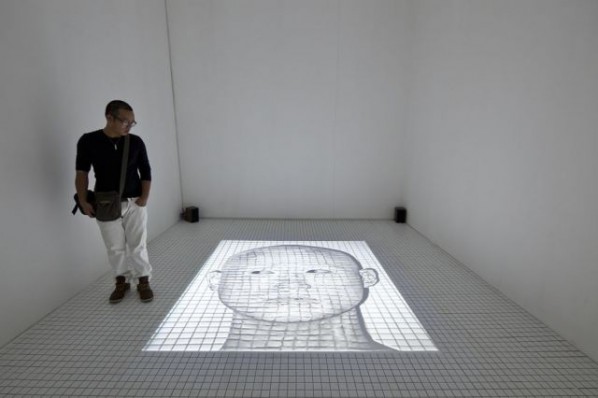
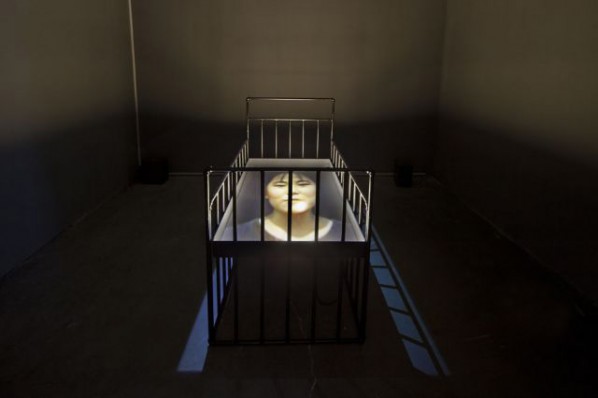
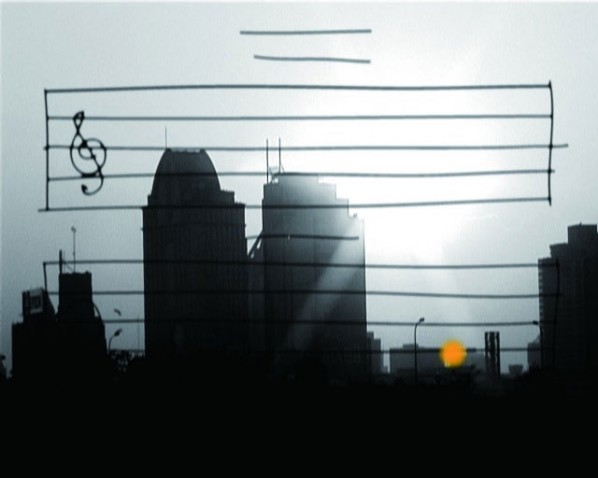
Hu Jieming's Work, 2002
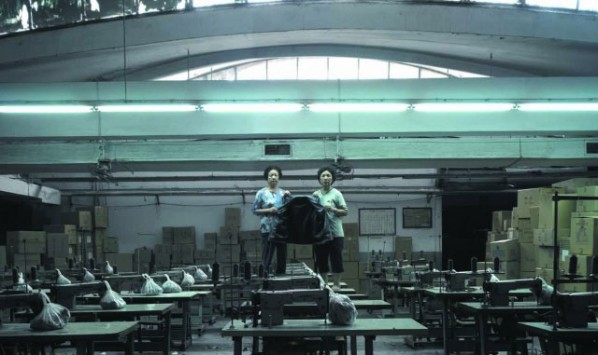
Chen Jieren's Work, 2003
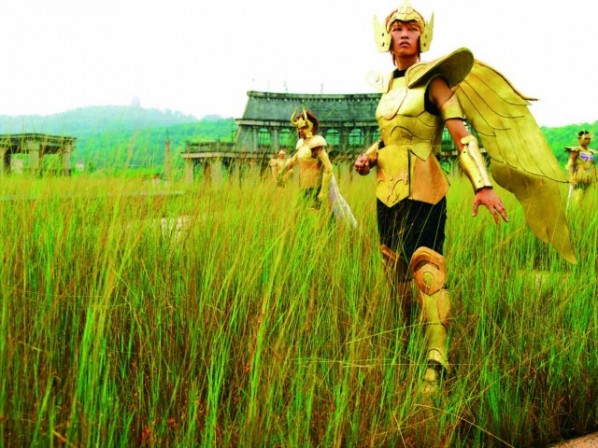
Cao Fei's Work, 2004

Liang Yue's Work, 2004
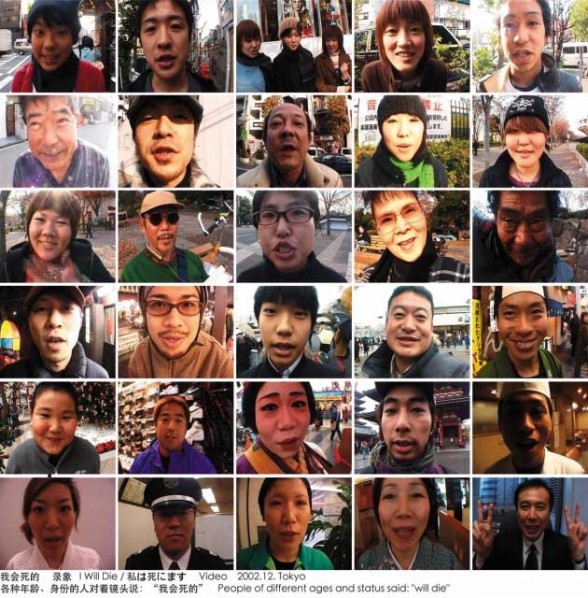
Yang Zhenzhong's Work, 2000
2006-2011 Boundary: Diversified Moving Image
"Boundary" refers to the new media which has become a potential platform with limits. It has shown its unique features and kept a very close connection with the development of technology, which has driven the Chinese artists to have a better understanding of the media language. The artists embarked on a discussion about the current situation of Chinese video art, and the connections between filming, drawing, installation and behavior. So the creative work has developed in different dimensions, showing diversity of practice which changes the means of transmitting and leaves more experimental space for video art.
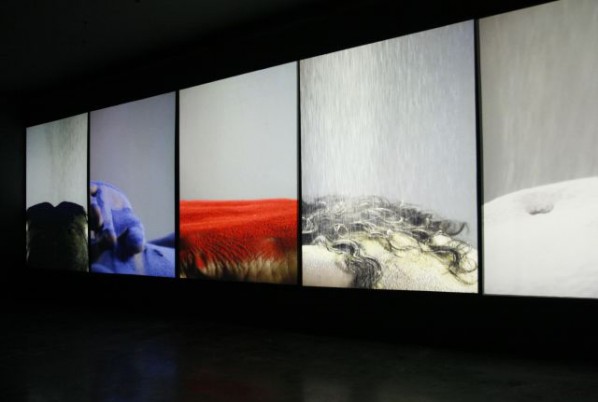

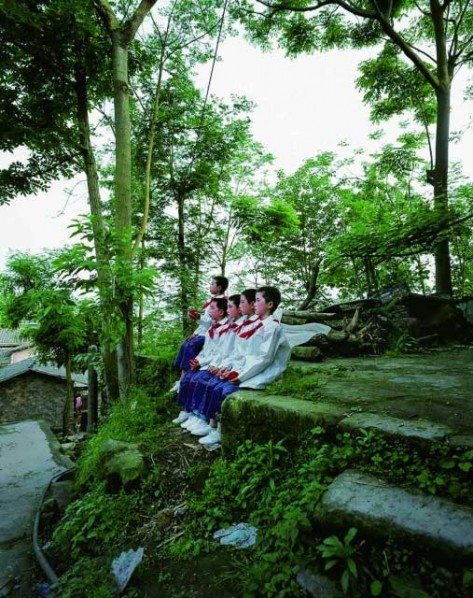
Chen Qiulin's Work, 2006
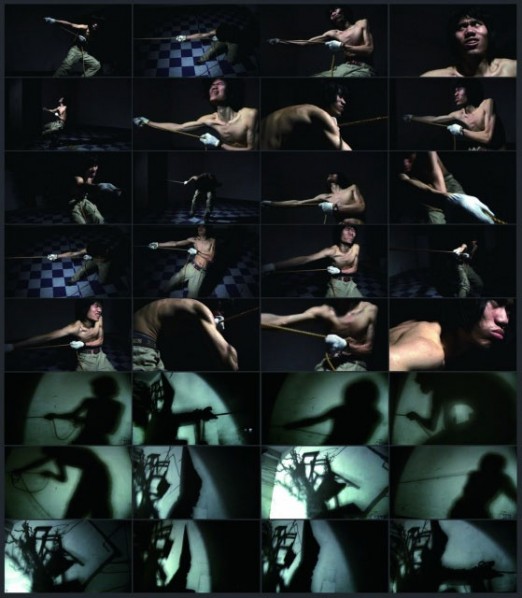
Chen Xiaoyun's Work, 2006
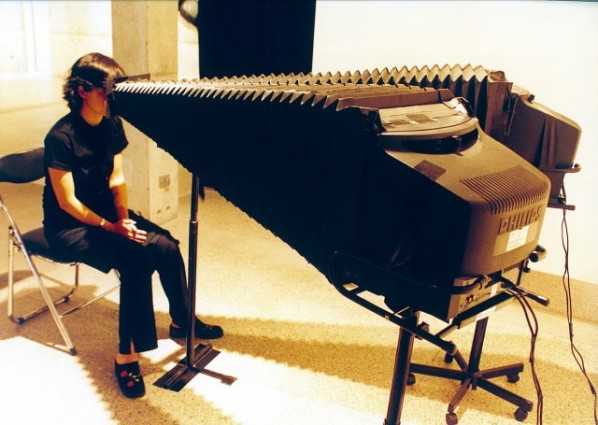
Chen Shaoxiong's Work, 2006
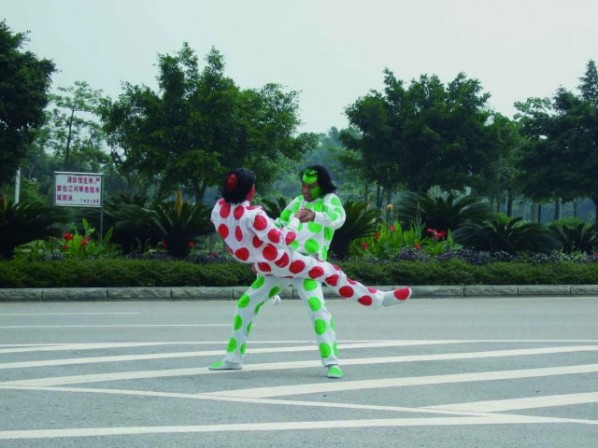
Hu Xiangqian's Work, 2008
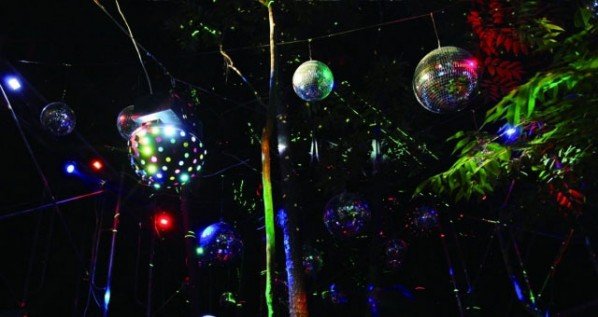
Chen Ran's Work, 2009

Feng Mengbo's Work, 2010
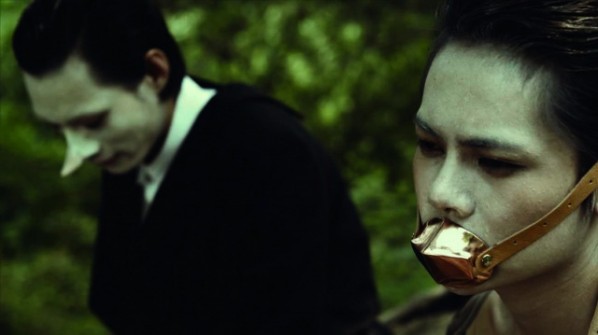
Huang Ran's Work, 2010
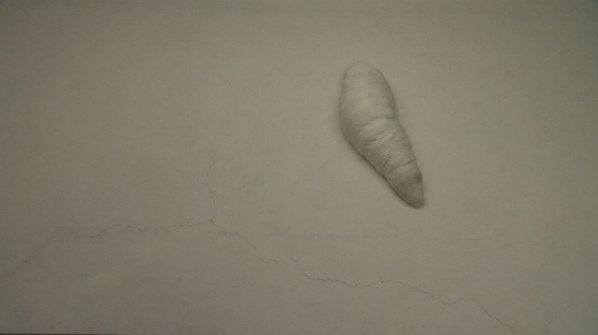
Hu Xiaoyuan's Work, 2010
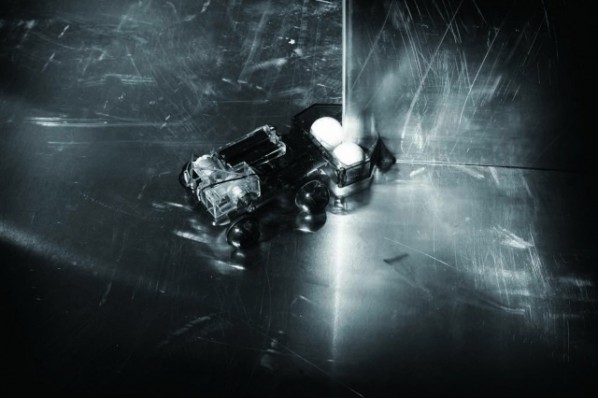
Jiang Pengyi's Work, 2011

Zhang Liaoyuan's Work, 2011
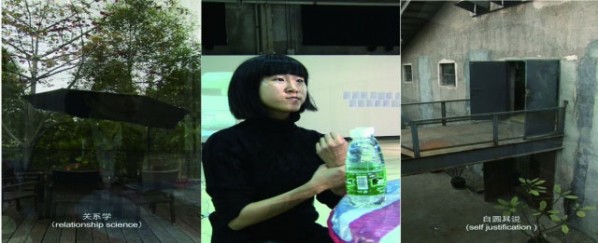
Xu Tan's Work, 2011
Date: Sep 09,2011 - Nov 27,2011
Opening: Sep 09,2011 18:00
Venue: Minsheng Art Museum
Artists: Peili Zhang, Lei Yan, Zhijie Qiu, Jia Zhu, AiLun Bao, Shaohong Chen, Mengbo Feng, Jianyi Geng, Jieming Hu, Zhi Jiang, Juchuan Li, Yongbin Li, Yilin Lin, Wei Liu, Dong Song, Biao Tong, Jianwei Wang, Gongxin Wang, Tan Xu, Zhen Xu, Goang-Ming Yuan, Tiehai Zhou, Xiuwen Cui, GuangYu Cui, Yue Liang, Chunsheng Lu, Xiaochun Miao, Yong Shi, Fudong Yang, Zhenzhong Yang, Xiaohu Zhou, Yu-Chin Tseng, Chieh-Jen Chen, Xiaoyun Chen, Qiulin Chen, Fei Cao, Ran Cheng, Shiqiang Gao, Xiangqian Hu, Xiaoyuan Hu, Ran Huang, PengYi Jiang, Xuan Kan, Benben Lei, Wei Liang, Chuang Liu, Yang Lu, Qiusha Ma, Jennifer Ma Wen, Anxiong Qiu, Xun Sun, Hung-Chih Peng, Linghan Ye, Liaoyuan Zhang, Ding Zhang, Tao Zhou, Yi Zhou
Curators: JuXing He, Tiehai Zhou, Xiaoyan Guo
Organizors: Minsheng Art Museum


